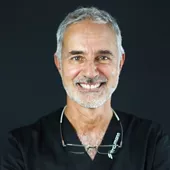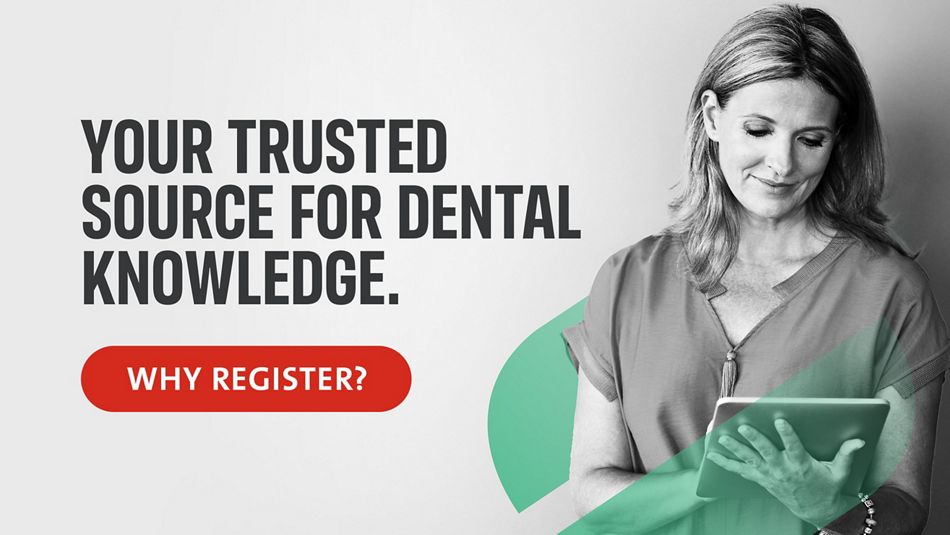Introduction
As a clinician with a focus on full-arch restorations, I am always exploring ways to improve precision, efficiency, and outcomes for my patients. This case highlights the benefits of incorporating advanced digital workflows with well-established surgical and prosthetic protocols for immediate loading of double full-arch prostheses.
The process began with a digital smile design using Smilecloud, creating a personalized esthetic plan tailored to the patient’s unique needs. With coDiagnostiX®, implant positions were planned virtually to align precisely with the desired prosthetic results. This careful planning laid the foundation for a treatment workflow that connected digital design with clinical application.
Custom-designed surgical guides, fabricated from STL files, were used during the surgical phase. These guides, designed for teeth and mucosa support, facilitated accurate placement of the new Straumann® BLC and TLC implants. Guided bone regeneration techniques were also applied to promote implant stability and ensure long-term success.
The immediate installation of provisional bridges allowed the patient to regain both function and esthetics on the same day. The final prosthetic rehabilitation, based on the initial digital plan, achieved results that aligned with both clinical goals and patient expectations.
This case illustrates how digital tools like Smilecloud, when integrated with advanced surgical and restorative expertise, can enhance outcomes in full-arch rehabilitation.
Initial situation
A 56-year-old male patient presented to our clinic with loss of almost all teeth, reporting impossibility to chew and smile comfortably, and expressed a desire to restore both esthetics and masticatory function. The patient had no relevant medical history, was not taking medications, and reported no allergies; however, he was a smoker. The loss of teeth was primarily attributed to dental caries, and periodontal disease.
The extraoral examination revealed a medium smile and the absence of multiple teeth. Additionally, a slightly straight profile was observed (Figs. 1-3).

.jpeg?wid=322)
.jpeg?wid=950)
.jpeg?wid=950)
.jpeg?wid=950)
.jpeg?wid=950)
.jpeg?wid=950)
.jpeg?wid=950)
.jpeg?wid=950)
.jpeg?wid=950)
.jpeg?wid=950)
.jpeg?wid=950)
.jpeg?wid=950)
.jpeg?wid=950)
.jpeg?wid=950)
.jpeg?wid=950)
.jpeg?wid=950)
.jpeg?wid=950)
.jpeg?wid=950)
.jpeg?wid=950)
.jpeg?wid=950)
.jpeg?wid=950)
.jpeg?wid=950)
.jpeg?wid=950)
.jpeg?wid=950)
.jpeg?wid=950)
.jpeg?wid=950)
.jpeg?wid=950)
.jpeg?wid=950)
.jpeg?wid=950)
.jpeg?wid=950)
.jpeg?wid=950)
.jpeg?wid=950)
.jpeg?wid=950)
.jpeg?wid=950)
.jpeg?wid=950)
.jpeg?wid=950)
.jpeg?wid=950)
.jpeg?wid=950)
.jpeg?wid=950)
.jpeg?wid=950)
.jpeg?wid=950)
.jpeg?wid=950)
.jpeg?wid=950)
.jpeg?wid=950)
.jpeg?wid=273)
.jpeg?wid=650)
.jpeg?wid=950)
.jpeg?wid=950)
.jpeg?wid=950)
.jpeg?wid=950)
.jpeg?wid=950)
.jpeg?wid=950)
.jpeg?wid=950)
.jpeg?wid=950)
